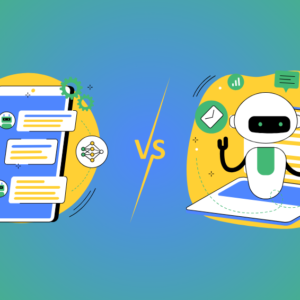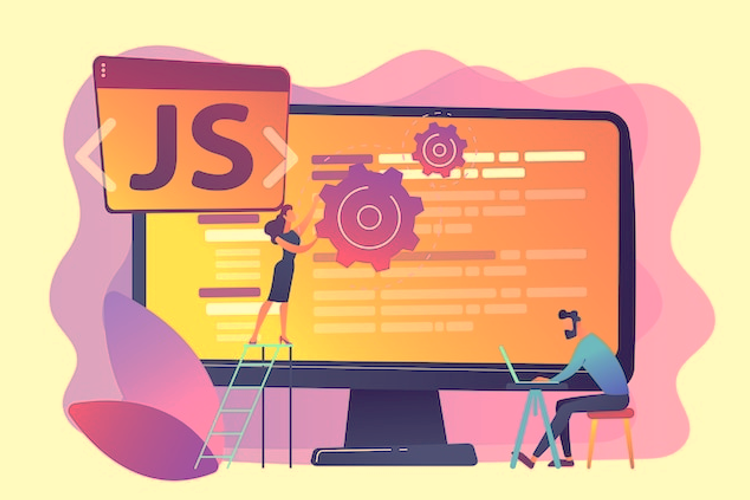Online learning has become increasingly popular in the education sector as a result of our ongoing technology advancements. This type of learning in the form of an online degree is here to stay, especially given how the current state of the world is accentuating this transformation. But how can instructors successfully impart technical knowledge and support hands-on learning in a virtual setting? The development of virtual labs and simulations for IT education holds the key to the solution. So, let’s discuss the future of online degrees.
The Power of Virtual Labs
The traditional classroom-based lessons have many limitations, including the exclusion of students from practical knowledge and only studying theoretical content.
Here’s where virtual laboratories come into play: such simulators give students a vivid learning process that is interactive and rather active, which allows for practising some technical skills or abilities without any tangible materials and instruments.
In these labs, students are able to operate with greater freedom without fear of committing mistakes. Similarly, they are able to practice real-life situations.
Benefits of Virtual Labs for IT Education
Virtual laboratories have completely changed the way IT education is provided. They provide a host of advantages over conventional teaching approaches.
First of all, they save money for educational institutions by doing away with the need for pricey supplies and equipment.
Additionally, virtual laboratories give students unrestricted access to real-world learning experiences so they can practice whenever it’s convenient for them.
Innovations in Virtual Labs
Digital labs have come a long way with respect to technology and creativity in the present day.
Nowadays, they may involve leading-edge elements, including gamification, 3D simulations, and AI-based learning.
Students’ success and fun during their learning journeys are raised due to such innovations that give an immersive and involved experience.
The Rise of Virtual Simulations
Another innovative technique in the realm of online degrees is virtual simulations.
They give pupils practical scenarios to solve so they can put their academic knowledge to use in a real-world situation.
These simulations offer students a variety of learning opportunities, from basic coding tasks to intricate network designs.
Benefits of Virtual Simulations for IT Education
Virtual simulations, like virtual labs, have several benefits for IT education.
By challenging students to troubleshoot and find solutions on their own, they help them develop critical thinking and problem-solving skills.
Furthermore, simulations provide immediate feedback, enabling students to recognize and correct their errors in real-time.
Augmented Reality: The Next Frontier
Augmented reality, or AR, is a promising tool for IT education as we move to the future of online learning.
Augmented Reality (AR) creates a highly immersive learning environment by fusing virtual and physical aspects.
Students may envision difficult ideas in a 3D setting with AR, which improves their comprehension of the material.
The Impact of Augmented Reality on IT Education
Augmented reality may completely change how IT education is provided. It provides a more dynamic and captivating educational experience, facilitating students’ understanding of technical subjects.
Additionally, AR can close the knowledge gap between theory and practice, giving students a more comprehensive comprehension of the subject.
The Bottom Line
The excitement and bright future of MBA in Information Technology are undeniable with the advent of virtual labs, simulations, and augmented reality.
The use of these tools produces an interactive and entertaining learning environment for students, resulting in a more accessible and efficient educational process in technical subjects.
Besides these, it is vitally important that educators be flexible and accept this innovation unreservedly to ensure students receive the best that education can provide.






